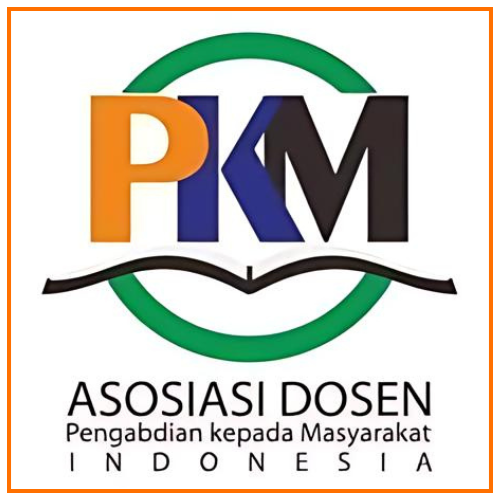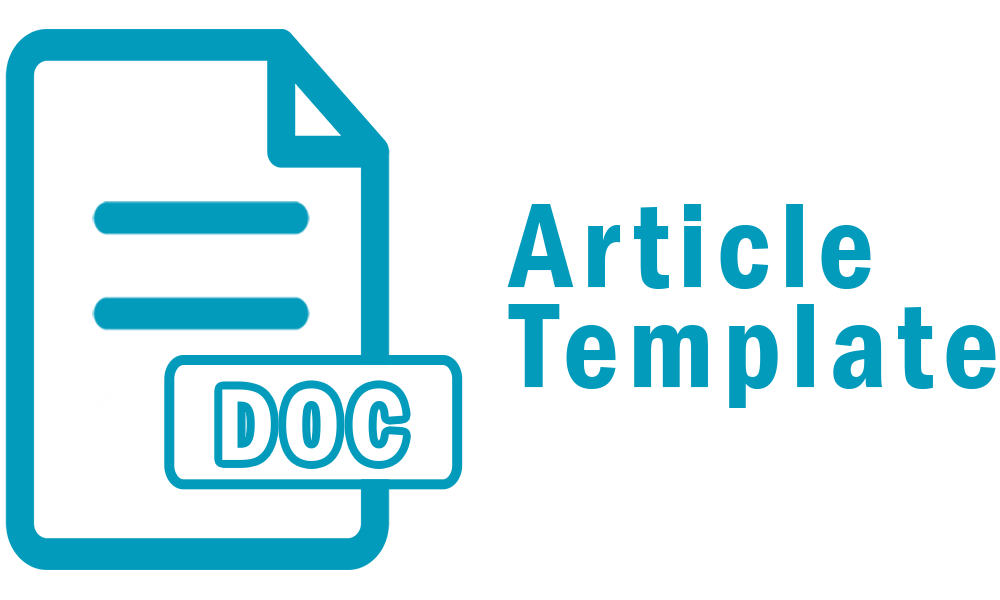Voicing Philippines and Indonesian Students' Needs of Automated Written Corrective Feedback in EFL Writing Classrooms
Abstract
Full Text:
PDFReferences
Adiwijaya, P. A., Purnami, N. M. A., & Arsana, I. W. S. (2019). Perception and obstacles of college students in writing. Yavana Bhasha: Journal of English Language Education, 2(2), 1-11. https://doi.org/10.25078/yb.v2i2.1008.
Asrifan, A., Zita, C. T., Abd Al-Lateef, G. T., Enriquez, A. A., Muthmainnah, M., & Al-Matari, A. S. (2023). The Students' Motivation and Achievement in Learning English: The Correlational Study. JELITA: Journal of Education, Language Innovation, and Applied Linguistics, 2(2), 61-71. https://doi.org/10.37058/jelita.v2i2.6589.
Aniuranti, A., Tsani, M. H. N., & Wulandari, Y. (2023). Teaching English Grammar and Maintaining Students' Learning Motivation through Humour Stories. Scope: Journal of English Language Teaching, 7(2), 150-156. http://dx.doi.org/10.30998/scope.v7i2.14770.
Bahari, A. (2022). Teacher identity in technology-assisted language learning: Challenges and affordances. E-Learning and Digital Media, 19(4), 396-420.
Barrot, J. S. (2023). Using automated written corrective feedback in the writing classrooms: Effects on L2 writing accuracy. Computer Assisted Language Learning, 36(4), 584-607. https://doi.org/10.1080/09588221.2021.1936071
Crossley, S. A. (2020). Linguistic features in writing quality and development: An overview. Journal of Writing Research, 11(3), 415-443.
Fraenkel, J. R. et al. (2022). How to Design and Evaluate Research in Education (7th ed.). McGraw-Hill.
Friedman, D. A. (2023). Language socialization and academic discourse in English as a Foreign Language contexts: A research agenda. Language Teaching, 56(2), 261-275.
Gay, L. R., Mills, G. E., & Airaisan, P. W. (2012). Educational Research: Competencies for Analysis and Applications (10th ed.). Pearson.
Gonzalez-Torres, P., Cabrera-Solano, P., & Castillo-Cuesta, L. (2022). Exploring Perceptions of Online Feedback in Teaching EFL Speaking and Writing Skills during the COVID-19 Pandemic. International Journal of Learning, Teaching and Educational Research, 21(7), 330–344. https://doi.org/10.26803/ijlter.21.7.17.
Guo, Q., Feng, R., & Hua, Y. (2022). How effectively can EFL students use automated written corrective feedback (AWCF) in research writing?. Computer Assisted Language Learning, 35(9), 2312-2331. https://doi.org/10.1080/09588221.2021.1879161.
Hardiyanti, R. L. P., & Herda, R. K. (2023). Teaching vocabulary using flash cards in Indonesian ESP Classroom: A one-shot case study. JELITA: Journal of Education, Language Innovation, and Applied Linguistics, 2(1), 1-11. https://doi.org/10.37058/jelita.v2i1.6466.
Herda, R. K., Widyastuti, I., Castro, M. C. S. A., & Damayanto, A. (2022). Going beyond the EFL teachers' beliefs on authentic assessment: Reframing the five-dimensional approach. Tamansiswa International Journal in Education and Science (TIJES), 4(1), 1-19. https://doi.org/10.30738/tijes.v4i1.13346.
Hunston, S. (2002). Evaluation and organization in a sample of written academic discourse. In Advances in written text analysis (pp. 205-232). Routledge.
Kumayas, T., & Lengkoan, F. (2023). The Challenges of Teaching Grammar at the University Level: Learning From the Experience of English Lecturer. Journal of English Culture, Language, Literature and Education, 11(1), 98-105. https://doi.org/10.53682/eclue.v11i1.6058
Lin, L. H. F. (2023). Assessing the role of vocabulary knowledge in developing EFL learners' writing skills: Implications for intentional and incidental vocabulary learning. Asian Journal of English Language Teaching, 32(1), 105-130.
Maulani, D. S., Friatin, L. Y., & Rachmawati, E. (2022). Voicing The Students’ Need of English Vocabulary English for Specific Purposes in Vocational High School. JELITA: Journal of Education, Language Innovation, and Applied Linguistics, 1(1), 56-66. https://doi.org/10.37058/jelita.v1i1.4440.
Nallaya, S., Hobson, J. E., & Ulpen, T. (2022). An investigation of first year university students' confidence in using academic literacies. Issues in Educational Research, 32(1), 264-291.
Nelson, N., & King, J. R. (2023). Discourse synthesis: Textual transformations in writing from sources. Reading and Writing, 36(4), 769-808.
Pimentel, J. L. (2010). A note on the usage of Likert Scaling for research data analysis. USM R&D Journal, 18(2), 109-112.
Radhakrishna, R. B. (2007). Tips for developing and testing questionnaires/instruments. The Journal of Extension, 45(1), 25.
Rashid, M. H., Ye, T., Hui, W., Li, W., & Shunting, W. (2022). Analyse and challenges of teaching writing among the English teachers. Linguistics and Culture Review, 6(S2), 199-209. https://doi.org/10.21744/lingcure.v6nS2.2004.
Saeed, M. A., & Al Qunayeer, H. S. (2022). Exploring teacher interactive e-feedback on students' writing through Google Docs: factors promoting interactivity and potential for learning. The Language Learning Journal, 50(3), 360-377.
Sprouse, J. (2007). A program for experimental syntax: Finding the relationship between acceptability and grammatical knowledge. University of Maryland, College Park.
Sugiyono. (2009). Metode Penelitian Kuantitatif, Kualitatif, dan R&D. Bandung: Alfabeta.
Suzuki, W., Nassaji, H., & Sato, K. (2019). The effects of feedback explicitness and type of target structure on accuracy in revision and new pieces of writing. System, 81, 135-145. https://doi.org/10.1016/j.system.2018.12.017.
Taherdoost, H. (2016). Validity and reliability of the research instrument; how to test the validation of a questionnaire/survey in a research. How to test the validation of a questionnaire/survey in a research (August 10, 2016). http://dx.doi.org/10.2139/ssrn.3205040.
Toba, R., & Noor, W. N. (2019). The current issues of Indonesian EFL students' writing skills: Ability, problem, and reason in writing comparison and contrast essay. Dinamika Ilmu, 19(1), 57-73.
Vickers, C. H., & Ene, E. (2006). Grammatical accuracy and learner autonomy in advanced writing. ELT journal, 60(2), 109-116. https://doi.org/10.1093/elt/cci097.
Widoyoko, E. S. (2012). Teknik Penyusunan Instrumen Penelitian. Yogyakarta: Pustaka Pelajar.
Wulandari, Y. (2022). Effective Feedback to Improve Students' Writing Skills. English Education, Linguistics, and Literature Journal, 1(1).
Zou, D., & Xie, H. (2019). Flipping an English writing class with technology-enhanced just-in-time teaching and peer instruction. Interactive Learning Environments, 27(8), 1127-1142. https://doi.org/10.1080/10494820.2018.1495654.
Zou, G., Zou, L., & Qiu, S. F. (2023). Parametric and nonparametric methods for confidence intervals and sample size planning for win probability in parallel‐group randomized trials with Likert item and Likert scale data. Pharmaceutical Statistics, 22(3), 418-439. https://doi.org/10.1002/pst.2280.
DOI: https://doi.org/10.37058/jelita.v3i1.8920
Refbacks
- There are currently no refbacks.








Journal of Education, Language Innovation, and Applied Linguistics
Lembaga Penelitian, Pengabdian Kepada Masyarakat dan Penjaminan Mutu Pendidikan (LP2M-PMP) Universitas Siliwangi
Jalan Siliwangi Number 24, Kota Tasikmalaya - 46115
West Java, Indonesia











